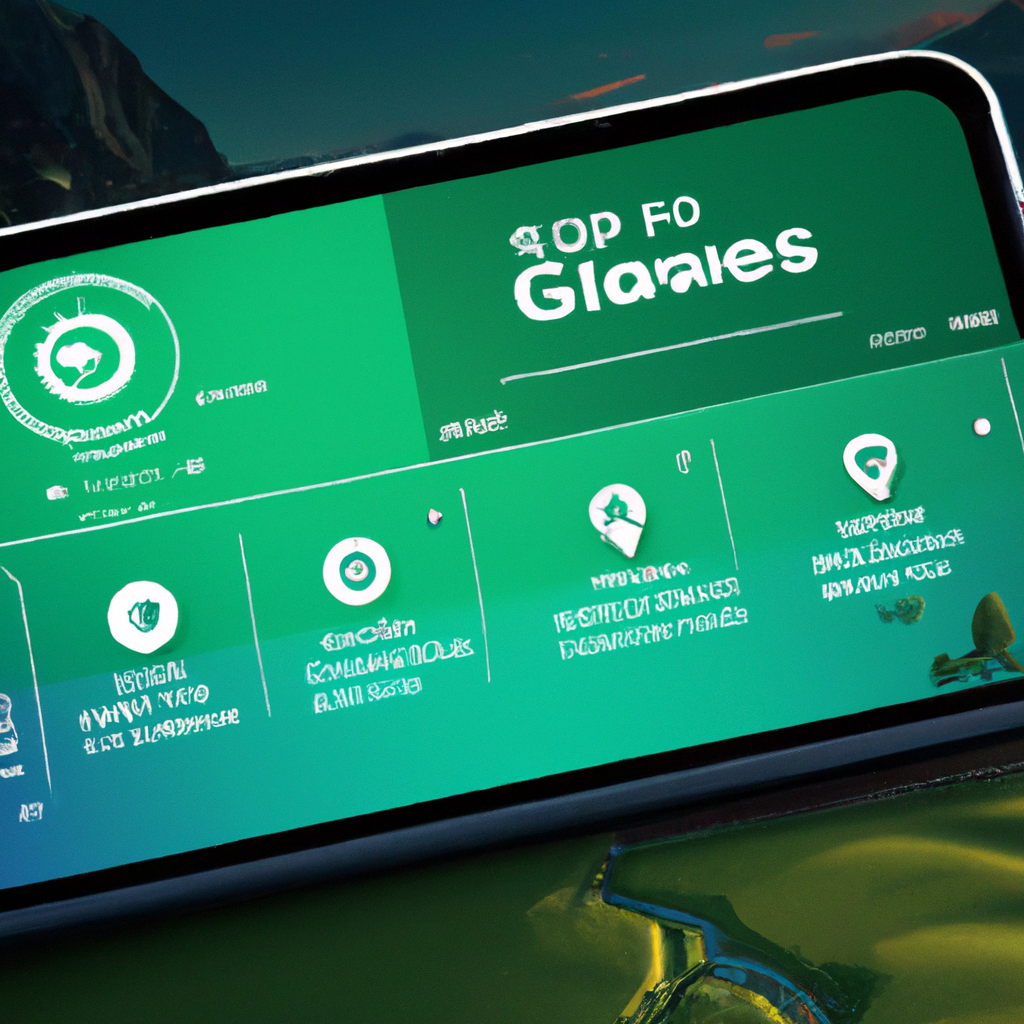GPS Technology Explained: How Does GPS Work?
GPS, or Global Positioning System, is a technology used for location tracking and navigation. This system relies on satellite navigation to provide accurate information on a user’s location, speed, and direction. GPS technology has become an integral part of modern life, used in everything from smartphones to aviation. In this article, we will explain how GPS works, its accuracy, and how it has evolved over the years.
How GPS Works
GPS uses a network of 24 satellites orbiting the earth to determine a user’s location. The satellites transmit signals that are received by GPS devices on the ground. These signals are used to calculate the distance between the GPS device and the satellites. By using multiple satellites, GPS devices can triangulate their position on the earth’s surface.
GPS signals travel at the speed of light, which is approximately 186,000 miles per second. The time it takes for the signal to travel from the satellite to the GPS device is used to calculate the distance between the two. GPS devices require signals from at least four satellites to determine a user’s location accurately.
GPS Accuracy
The accuracy of GPS depends on several factors, including the number of satellites in view, the location of the user, and the quality of the GPS device. In ideal conditions, GPS devices can provide accuracy to within a few meters. However, in areas with obstacles such as buildings or trees, the accuracy can be reduced.
GPS devices can also be affected by atmospheric conditions such as solar flares, which can cause interference with GPS signals. To combat this, GPS devices use algorithms to filter out noise and improve accuracy.
GPS Devices
GPS technology has evolved significantly over the years, from bulky military-grade devices to sleek smartphones. Today, GPS devices are used in a wide range of applications, including automotive navigation, aviation, and fitness tracking.
Automotive GPS devices provide turn-by-turn directions and real-time traffic updates. Many modern cars come equipped with built-in GPS navigation systems, which can be updated with the latest maps and software.
GPS tracking devices are used in fleet management to track the location of vehicles and monitor driver behavior. These devices can provide valuable insights into driver performance and help companies optimize their operations.
GPS devices are also used in aviation for navigation and landing. Pilots use GPS technology to navigate through clouds and low visibility conditions. GPS technology has revolutionized aviation, making air travel safer and more efficient.
GPS Navigation
GPS navigation has become an essential tool for travelers and adventurers. GPS devices can provide information on the user’s location, speed, and direction, making it easy to navigate in unfamiliar territory. GPS navigation systems can also provide real-time traffic updates and route optimization.
GPS navigation has also become popular in outdoor activities such as hiking and camping. GPS devices can provide topographical maps and information on trails and campsites. This technology has made it easier and safer for people to explore nature.
Conclusion
GPS technology has become an integral part of modern life, from smartphones to aviation. This technology has revolutionized navigation and location tracking, providing accurate information on a user’s location, speed, and direction. GPS devices have evolved significantly over the years, becoming smaller, more powerful, and more accessible. While GPS technology has its limitations, it has proven to be a valuable tool for travelers, adventurers, and businesses. As technology continues to evolve, we can expect GPS technology to become even more advanced and widespread.







